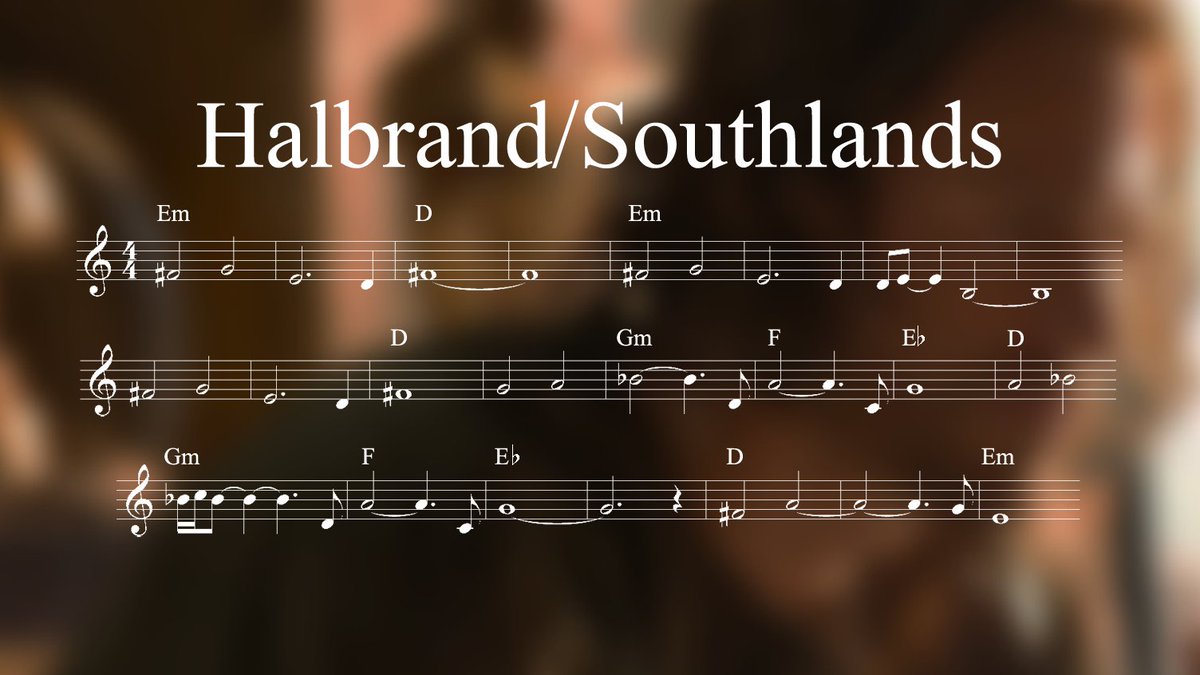
By now you have probably heard that the #RingsofPower score foreshadowed the season climax, the Sauron reveal, because Sauron's theme is Halbrand's theme backwards and in minor. But this explanation doesn't really do McCreary justice, so let's take a closer look. 



Neither of these techniques are new or groundbreaking. Plenty of scores have motifs that can be played in retrograde, or inverted, or both at the same time etc. And playing a major-moded theme in minor is so common as to be cliché.
But first off, Halbrand is already in minor. The first pitch hangs on the second degree of the scale, which is a notoriously sad or longing sound, before resolving to the minor chord tones. It's when this shape is changed to major (like in Ep 6) that is the exception. 



It's true, if you play the Halbrand pitches in reverse, you have almost the exact same pitches as Sauron. Played like this, one can't help notice that both themes form a circle (or a... ring?) going in opposite directions.
https://twitter.com/i/status/1578820521634205701
But if we look at the one time the themes are played together, this isn't how they line up. Here, they only seem to have two pitches (E and G) in common, while the rest don't mesh (D vs D#, F vs F#). So what's really happening here? 

Basically, both themes have the tonic E, but uses different scales. Halbrand is in E minor, pivoting around the F#. Sauron however, is in a weird "half octatonic, half harmonic minor" scale , and pivots around the G. One is diatonic, the other is chromatic. 



This, to me, is far more intricate (and well hidden) than just a major/minor switch. It's also quite fitting thematically: Sauron is two minor thirds separated by a half-step (evil), while Halbrand is a minor third and a major third separated by a wholestep (touching the light).
• • •
Missing some Tweet in this thread? You can try to
force a refresh




